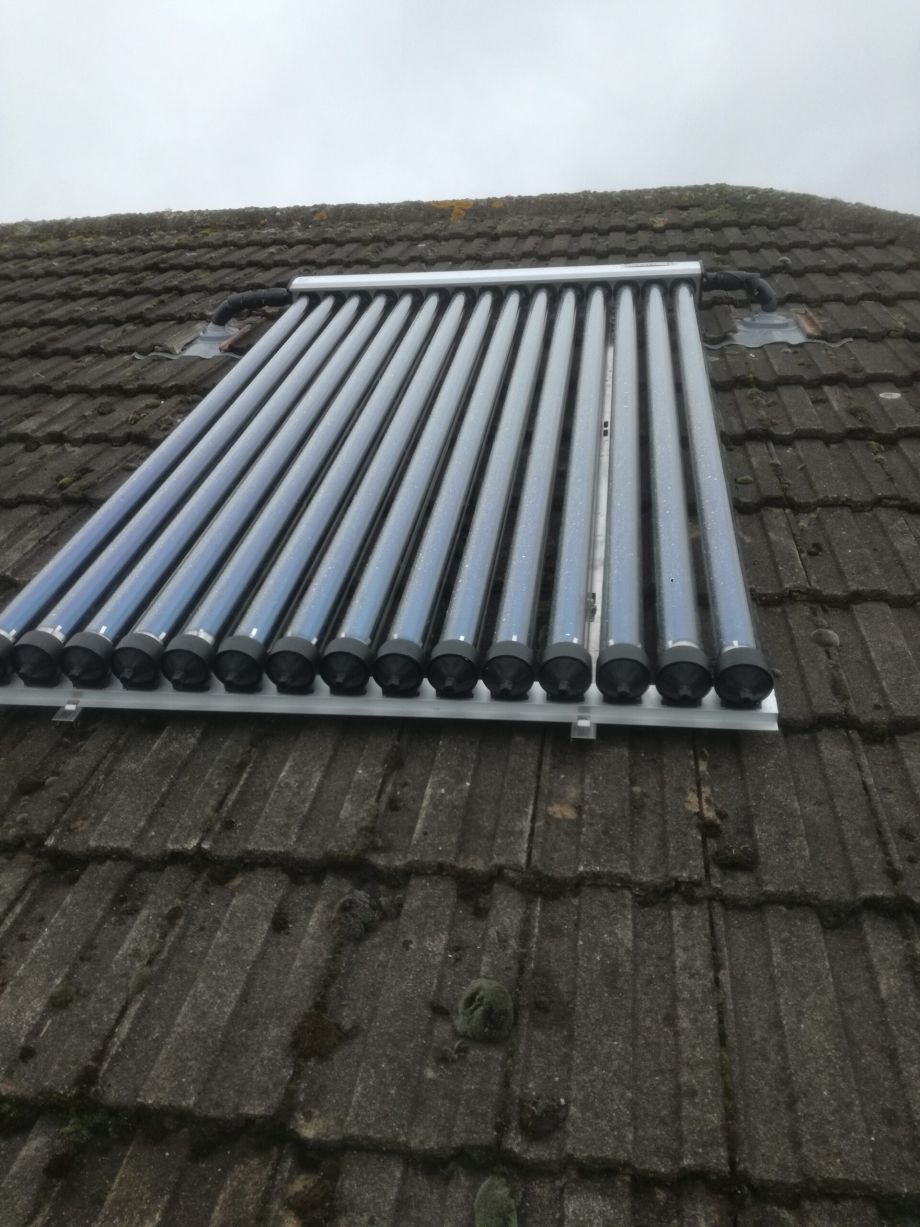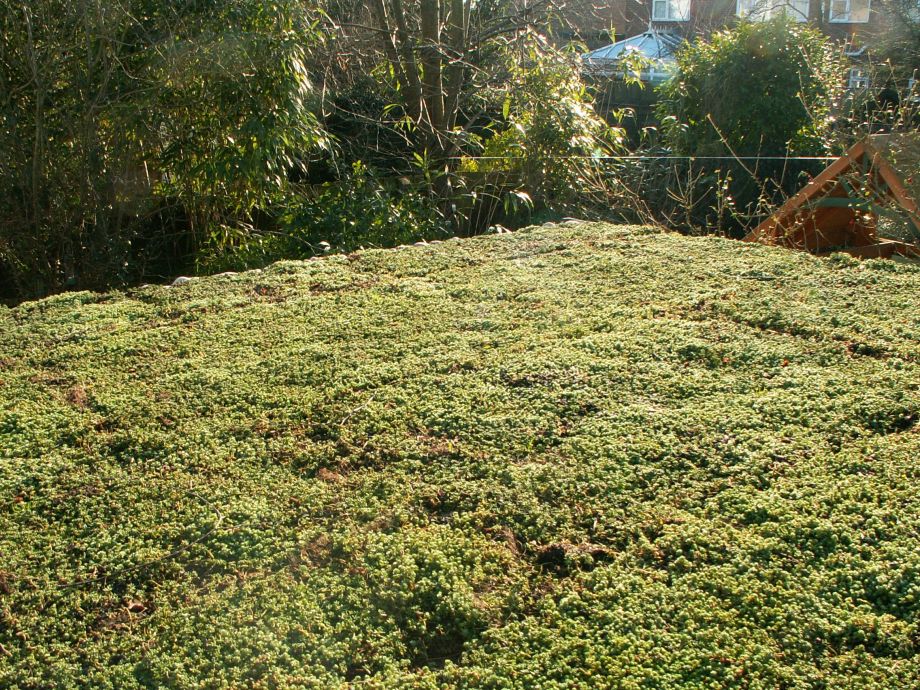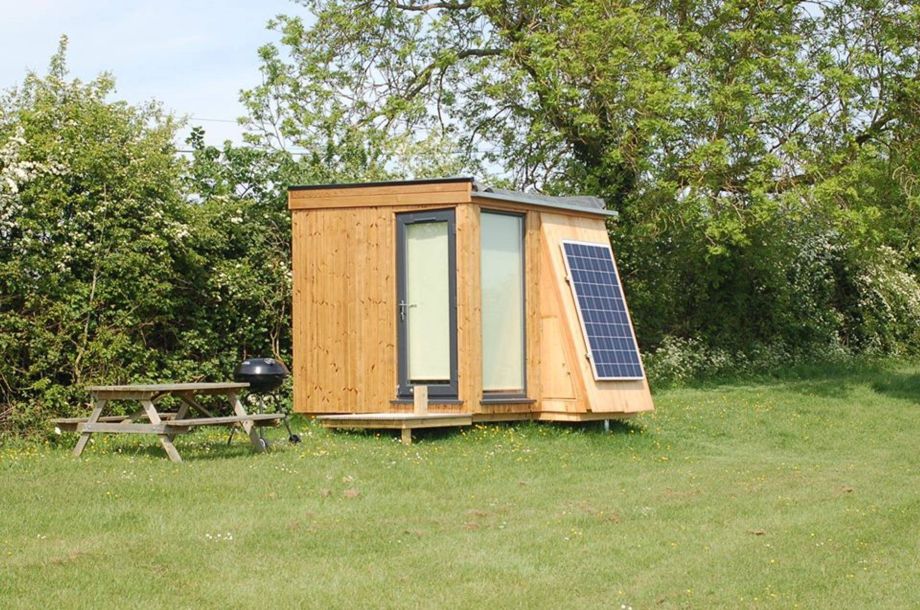Services
Solar Photovoltaic and Batteries

Renewable energy technologies use the sun in one way or another to convert its radiation into useful energy. We are can install Solar PV, Batteries and Solar Thermal systems that can either be connected to the grid or provide you with an off-grid battery solution.
We can install a grid-connected system that can be registered under the Microgeneration Certification Scheme (MCS) so that you can benefit from the Smart Export Guarantee (SEG) or other Government incentives.
The amount of power that you can generate depends on the roof area available. Normally 4kWp system will provide enough electricity for an average household and a battery will allow you to store electricity that’s generated but not used immediately. We can design a system to suit most requirements.
The Energy Savings Trust provide a guide to how much electricity you can generate from PV. https://www.pvfitcalculator.energysavingtrust.org.uk/Solar Thermal panels use the sun directly to heat water that gets stored for later use in a tank that either replaces the existing tank or is can be added to a combi system.
Solar Thermal

There are two compelling reasons why we try and build our cabins in a sustainable way and hope that during their lifetime they do not have a negative effect on the environment. Firstly, the construction industry is a big user of natural resources so it is important that these resources are used responsibly, and ideally renewably. Secondly, fossil fuel use, both in construction and everyday use, leads to climate change so using renewable sources of energy will help to mitigate this.
We try and achieve sustainable construction by using renewable and recyclable materials, reducing energy consumption and waste, creating a healthy, environmentally-friendly product and protecting the natural environment.
Below are some of the ways we try and achieve these objectives:
The Base
The production of cement is energy-intensive.
The ground remains relatively undisturbed so can be reused in the future if needed
The Walls and Roof
Framing is grown from sustainable sources and has low embodied energy
Sheathing
Less waste in the production process, uses less mature trees
Roof Waterproof Layer
Due to its extended lifespan and reusability, EPDM is recognised to be an environmentally friendly material with significant advantages over other types of roof membranes
Cladding
All the timber cladding is produced from sustainable sources. Most cladding materials need little treatment other than to maintain colour and will last in excess of 30 years.
Insulation
Insulation is the key to comfort and low running costs. We generally try to meet or exceed current building regulations where possible. Some of the most environmentally friendly insulation materials in terms of embedded energy take up more room than, for example, Celotex or EPS, so it is a compromise when space is limited, but generally the more the better.
Green Roof
A Green Roof adds to the insulation value of the cabin, attracts wildlife and needs very little maintenance.
Construction Waste
There is inevitably waste but it can be reduced with careful design. Timber waste is donated for use in woodburners. Some waste cannot be recycled and is disposed of responsibly.
Recycled Materials
We have used recycled materials for internal and external cladding, for example, where they feature prominently as a design feature.

Green Roofs
The roof is made up of several layers; a waterproof layer to keep the roof structure dry. Then a drainage layer also acts as a water store in dry periods. A root barrier layer prevents roots from penetrating the layers below. The substrate layer is made up of lightweight expanded clay mixed with compost. We normally use compost recycled from local waste collections. The plant layer is then normally laid in a similar way to turf, or plants can be individually planted if the substrate layer is deep enough.
A Green Roof will really set your cabin apart. There are many benefits:
It looks good!
It replaces any green space lost to the footprint of the structure or creates a garden where there was once rough ground. Plants that thrive in dry climates, such as sedum are most suitable but many more will happily survive with a bit of care.
Collect rain water
Water runoff is slowed down and can be collected from the roof and used in dry periods if necessary.
Added insulation
A green roof also adds to the insulation value of the roof, keeping warmth inside in winter and keeping the structure cool in summer.

Cabin and Camping Pods
We make bespoke cabins, so there is usually a solution for the space you need. Many people now work from home and we can provide a quiet space that is only for you or a communal space for everyone.
Our camping pods are really just small cabins. They are built in the same way as their larger cousins and are designed for all year use. They can be built on skids or a trailer if necessary and are solar battery-powered for use in the middle of nowhere!
Frequently Asked Questions
-
Is it possible to visit your premises?We have a display you can visit near Coventry. To speak with someone, please get in touch first.
Contact
-
Call: 012345678910